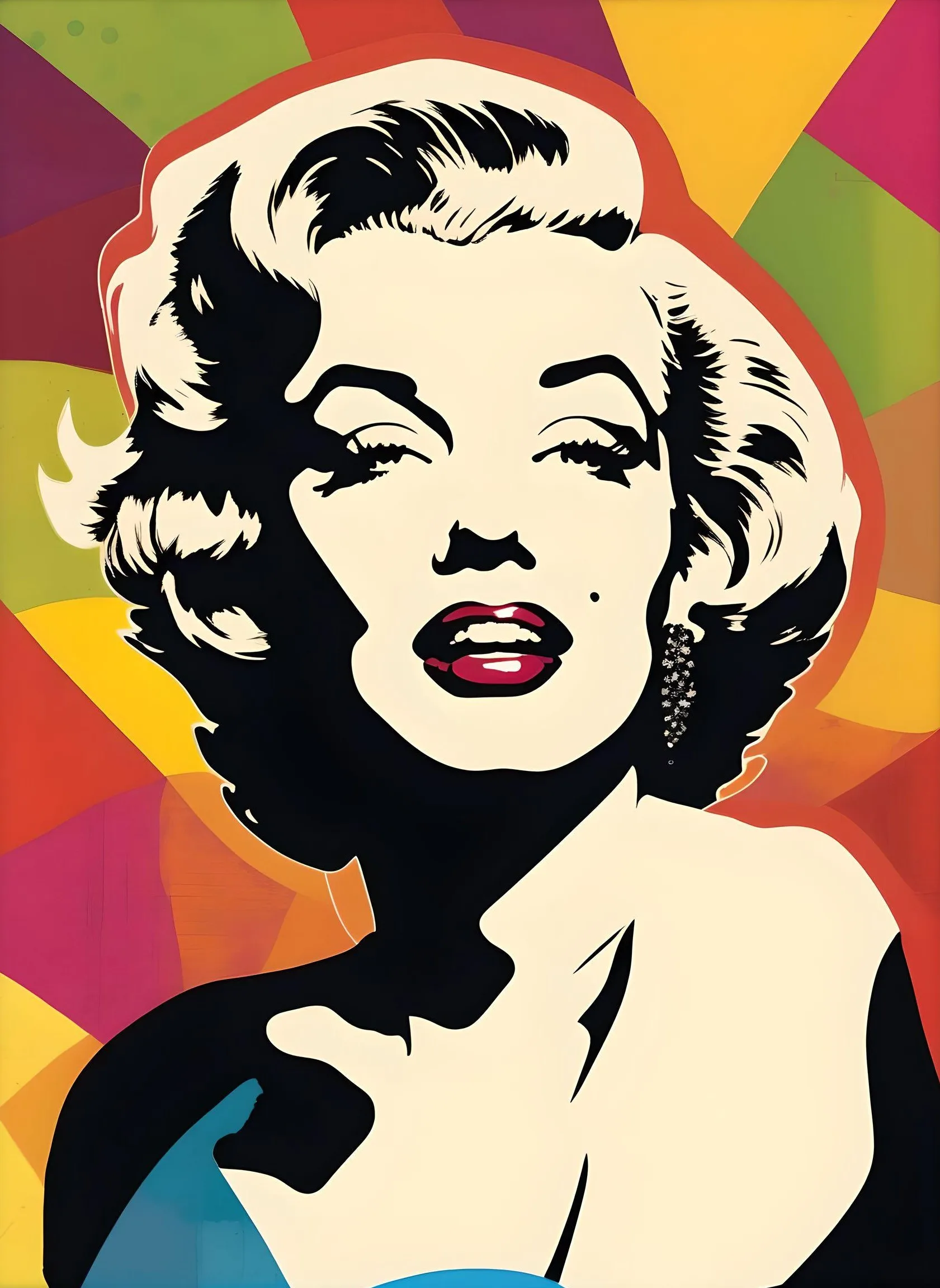Introduction: Modern art, with its diverse forms and unconventional approaches, often finds itself at the center of heated debates and criticisms. From abstract paintings to avant-garde sculptures, the realm of modern art has faced its fair share of scrutiny and skepticism. In this article, we delve into the various criticisms directed towards modern art, examining the validity of these critiques and shedding light on the complexities of artistic expression in the contemporary world.
The Argument of Accessibility: One common criticism leveled against modern art is its perceived lack of accessibility to the general public. Critics argue that many modern artworks are too abstract or conceptual, making them difficult for audiences to understand and appreciate. This disconnect between the artist’s intention and the viewer’s interpretation can lead to feelings of exclusion and alienation, fueling the notion that modern art is elitist and inaccessible.
However, proponents of modern art counter this argument by emphasizing the importance of subjective interpretation and individual engagement with artworks. They argue that while some modern pieces may be challenging to grasp initially, they offer opportunities for viewers to explore new perspectives and engage in meaningful dialogue about the nature of art and creativity.
The Commercialization of Art: Another critique often leveled against modern art is its perceived commercialization and commodification. Critics argue that the art world has become increasingly driven by market forces, with artworks valued more for their monetary worth than their artistic merit. This focus on profit margins and investment potential, detractors argue, undermines the integrity and authenticity of modern art, turning it into a commodity rather than a form of cultural expression.
However, defenders of modern art contend that while commercialization is undoubtedly a prevalent aspect of the art world, it does not inherently devalue the artistic significance of individual works. They argue that artists should not be faulted for seeking recognition and financial stability, and that the commodification of art does not negate its capacity to provoke thought, evoke emotion, and inspire change.
The Boundaries of Taste and Innovation: Critics of modern art often cite its departure from traditional aesthetic norms and conventions as a reason for their disdain. From unconventional mediums to provocative subject matter, modern artists frequently push the boundaries of what is considered acceptable or aesthetically pleasing, challenging societal norms and provoking controversy in the process.
Yet, proponents of modern art argue that innovation and experimentation are essential components of artistic evolution. They assert that artists have a responsibility to challenge the status quo and push the boundaries of creativity, even if it means confronting discomfort or controversy. By defying expectations and embracing unconventional approaches, modern art has the power to inspire change and provoke critical reflection on social, political, and cultural issues.
Conclusion: In conclusion, the criticism directed towards modern art is multifaceted and complex, reflecting diverse perspectives and interpretations of artistic expression in the contemporary world. While some critiques raise valid concerns about accessibility, commercialization, and taste, others overlook the inherent value of innovation, experimentation, and subjective interpretation in the realm of art. Ultimately, the ongoing discourse surrounding modern art serves as a testament to its enduring significance and relevance in an ever-evolving cultural landscape.
